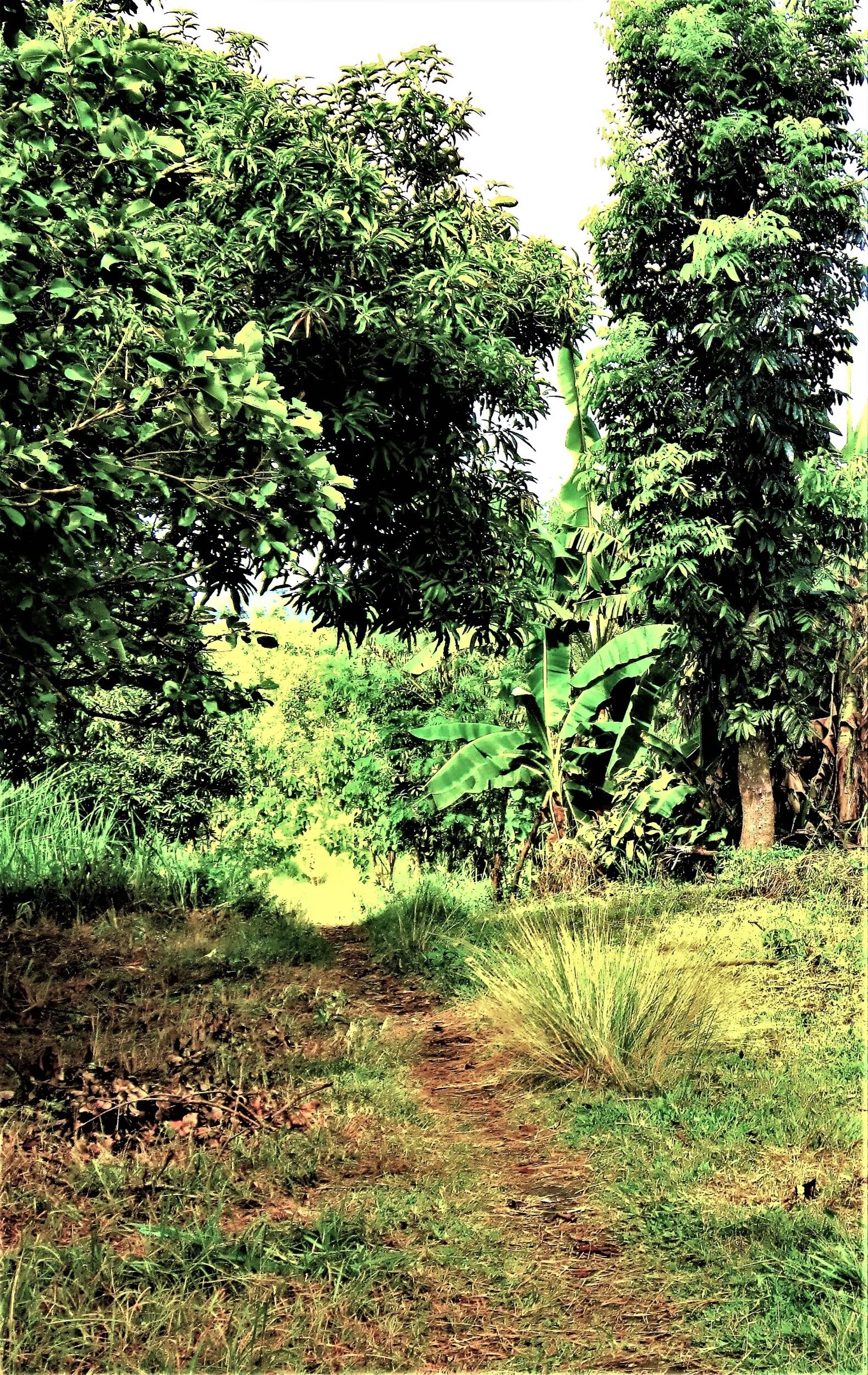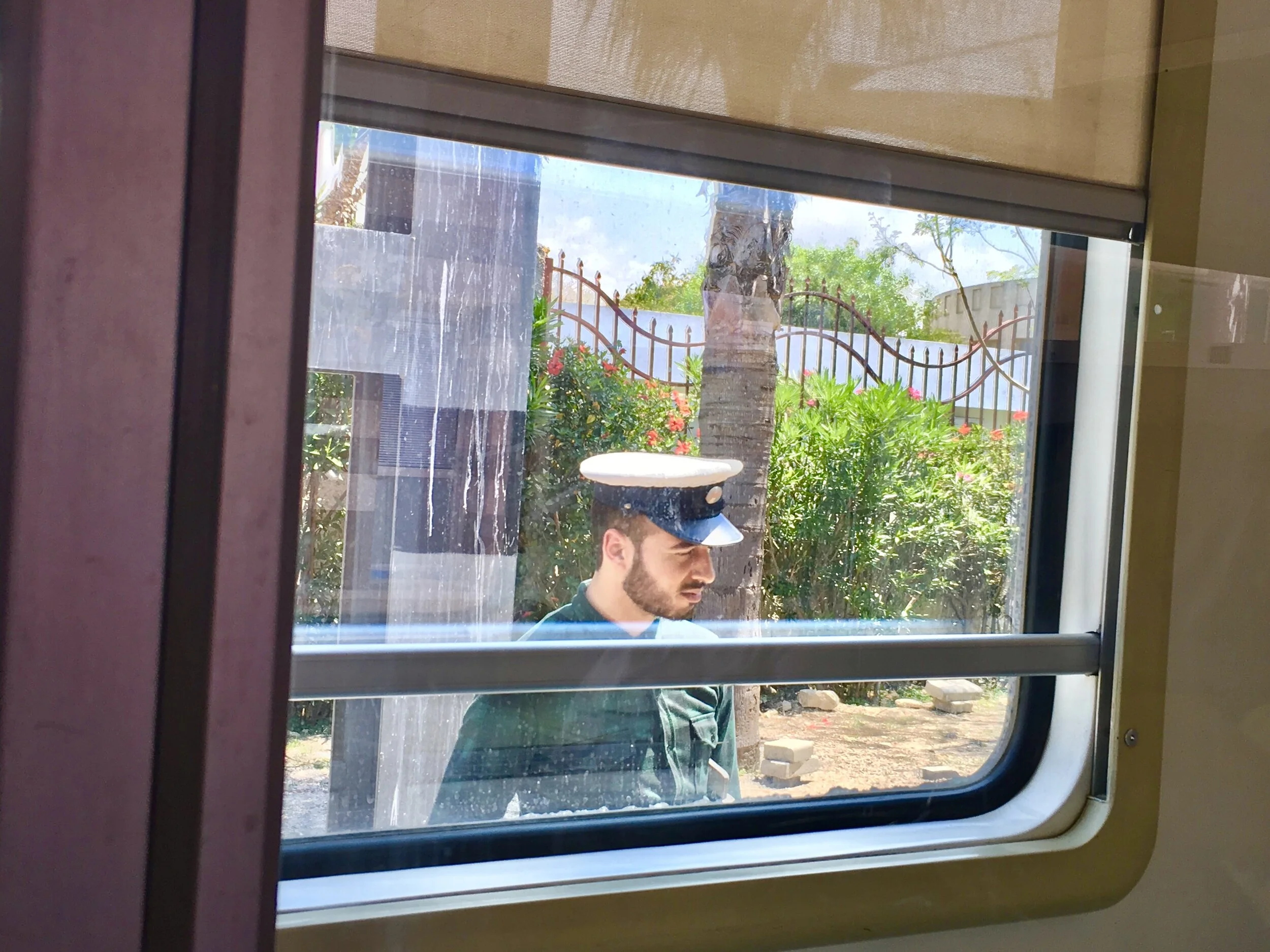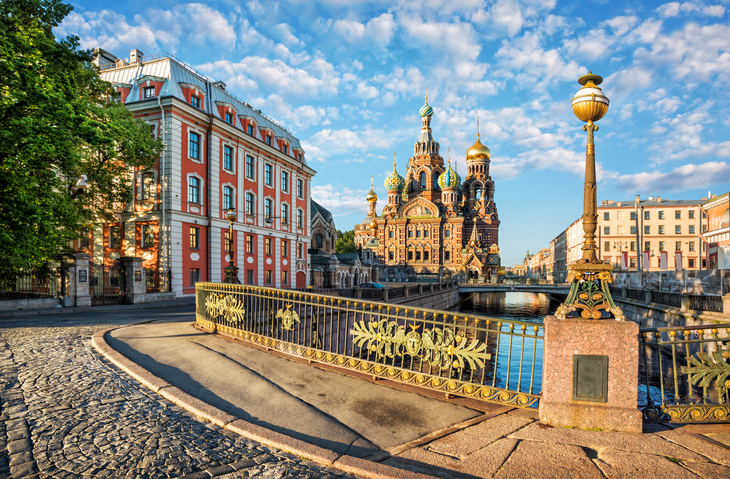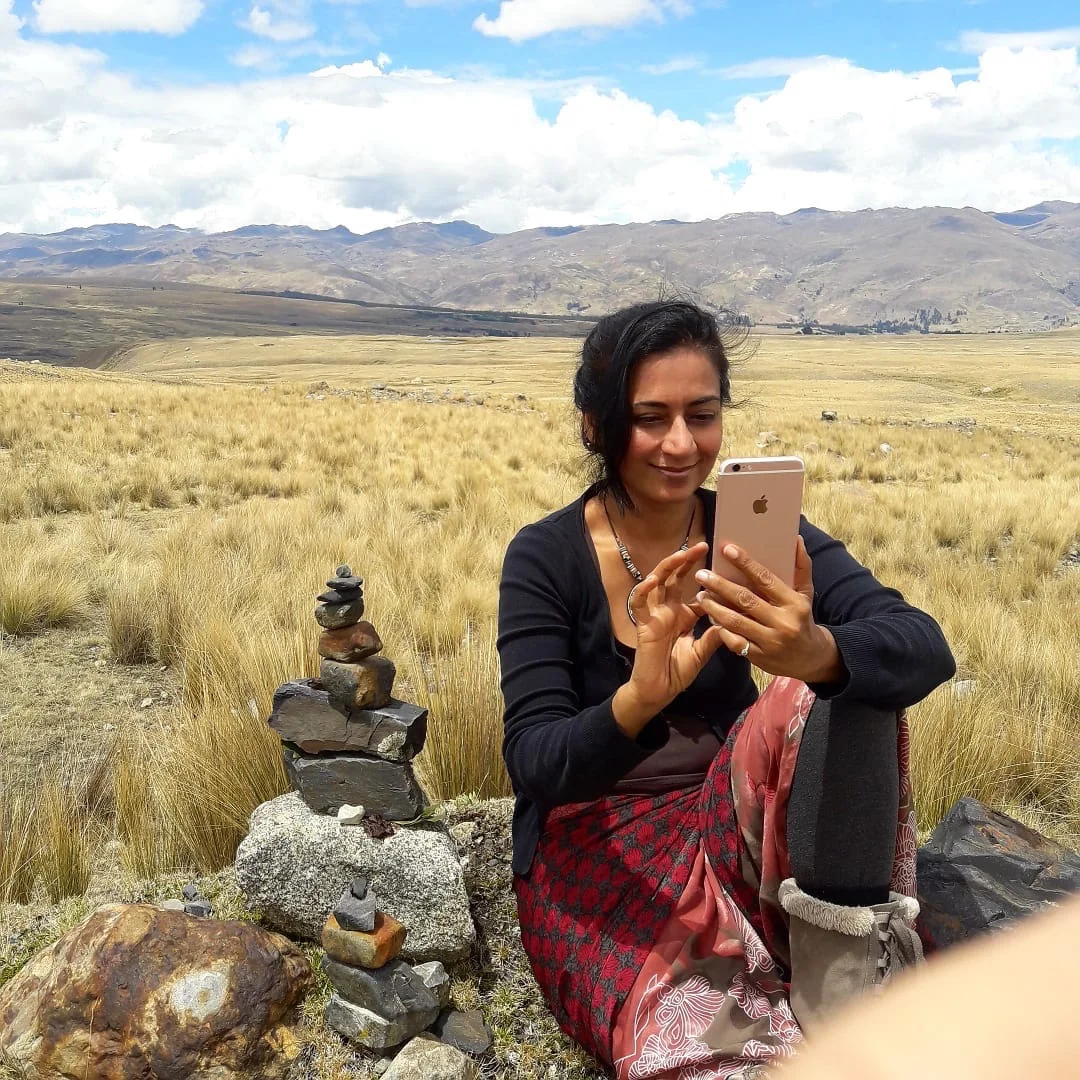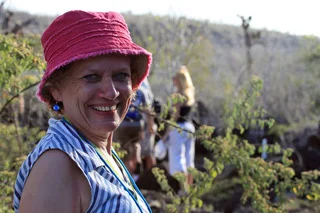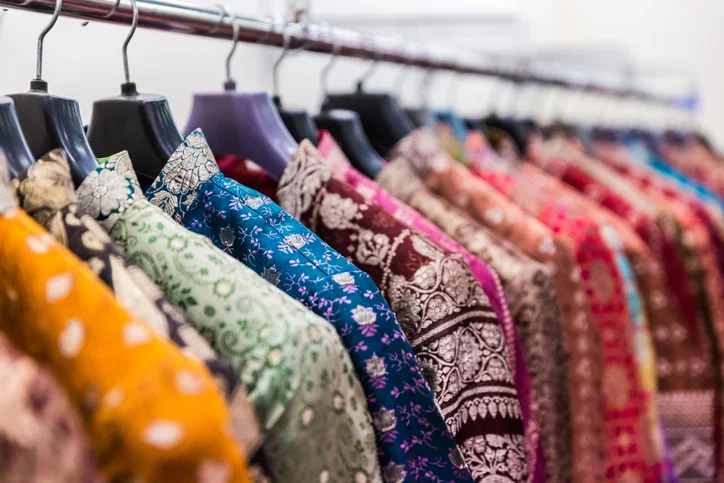Are there some stories that are best left untold? In this essay, American expat BJ Stolbov recounts a decades-old experience which—until now— had remained private.
All in Solo Travel
The Best Laid Travel Plans
Michael Papas was forced to adapt his travel plans on the fly after learning that his visitor visa had expired.
My Russian Revelation
She’d shaved her head to experience life as a bald woman. Resigned a six-figure job to live in a rural Irish cottage. Given away all of her possessions. Twice. And then Tara Myers decided to do something really scary: apply for a Russian visa and go to St. Petersburg. Alone.
Where are you from?
For global nomad, Bhavana Gesota, the question “Where are you from?” is not an easy one to answer. Are people asking, she wonders, where she was born? Where she lives now? Or, are they asking which passport she carries? Is there a single answer to this single question? Read on…
Lost In Venice
Staying with strangers and getting lost on a rainy November night in Venice was just part of the adventure for Natalia Marchuk.
Panic at the Airport
The morning of a late-night flight from Mexico City to Rome, Ashya Griffin was ready with passport, wallet, and flight information organized in her favorite red leather cross-body purse. So, no one was more surprised than she was to suddenly find herself at the check-in counter unable to put her hands on an essential document and unable to board.
Packing A Change Of Life
Against all logic and advice, Maureen Magee was committed to her plan to travel the world alone. It hadn’t been easy to quit her job and sell her house. But, the hard part was behind her Or, so she thought...
A Love Story on a Wall in Toronto
A random encounter on a train to Toronto leads Melanie Kitzan to a bar in Graffiti Alley and the powerful love story of a new friend.
Never Off Duty
When an elderly woman's stumble turns disastrous on a small-ship cruise in the Galapagos Islands, Sally Moir, a nurse on vacation, suddenly finds the traveler's life in her hands. Fortunately, all ends well, but Sally is left to wonder about the line between adventure and recklessness.
India, Shopping, And The Kindness of Strangers
During a tour of India, Carolyn Handler Miller discovers that she'd accidentally left behind an important purchase. Disappointment is soon transformed to surprise and delight when a feisty stranger steps up to save the day.
Lonely in Iceland
Melanie Kitzan booked a trip to Iceland for New Year's Eve with a man she had just met, but when he bailed at the last minute, she decided to go alone. Darkness and loneliness threatened to ruin the adventure until a chance encounter with an old scientist and tales of Icelandic elves changed everything.
What Happened After My Vision Quest
When Nancy King celebrated her 80th birthday with a vision quest ceremony in rural Quebec, she carried a lifetime of self-doubt into the forest with her. Today, she's free from all that. Find out what happened.
The Silent Treatment
Mary Ann Treger is a talker. When she's not talking, she's texting or emailing or surfing social media sites. Being connected is her cocaine. Even alone at home, political pundits yak on the television in the background. So why would this motor-mouthed writer go cold turkey and sign up for a silent retreat in an isolated abbey where shutting-up is the numero uno requirement? Read on...
A Kayak Pilgrimage
by Dan Dworkin
To travel solo for days in a kayak is to be not on or in but of the water. It loves you, rocks you like your mother did, speaks to you with many voices, supports your meandering, bathes you, feeds you, tells you when to travel and when to stay still on the island of the moment. On every trip there is a time of storm, of being wind-bound when the judicious kayaker stays put, writes, rests, wanders, constructs stone sculptures and listens for the still, small voice.
When Did I Become The Ugly American?
by Ellen Barone
I sit tightly wedged into an economy class airline seat, braced for the long haul — a pashmina hanging from the seat back, a water bottle in the magazine flap, ear pods in the iPhone jack—when a handsome Air France steward stops to stand beside my aisle seat.
“Excuse me, madam,” he says, leaning into my view. “These two are mother and daughter,” he continues, gesturing to an elegant middle-aged woman in the row in front of me and the twenty-something blonde seated beside me. “Would you please exchange seats so that they can sit together?”
One Night in Puno
by Kate McCahill
For six hours, the bus creeps south from Cusco towards Lake Titicaca, crossing arid, wintered plains and sprawling Peruvian cities littered with plastic bags in a hundred colors. It’s late afternoon before we reach marshland, and then we round a bend and here is the lake, ocean-blue and ocean-huge. The road tips down into Puno, a rippling, clay-colored city pinched into the shore. The woman beside me says that you can see Bolivia from here.
The Little Burmese Tout in Training
I was an easy target, strolling happily towards the temple outside
As a seasoned traveler, I’d seen my share of touts. Overly
I learned long ago to avoid eye contact. Keep walking. Say nothing to encourage them. But from the moment my plane touched down in Burma, I felt no need for such guardedness.
Driving In France
Nervously, I edged into traffic and was, within a few minutes of breath-holding, relieved by the minor miracle of finding a free parking space in front of a cafe. I sat down with my iPhone to map a plan for the week.
In search of sun and warmth, my idea was to head for the Mediterranean beaches but was told it would be very crowded in July, and the distance seemed too far – 8 hours on expensive autoroutes. So I convinced myself to keep it simple on the first day and headed to Beaune, the "wine capital of Burgundy," less than two hours away by toll road.
I felt like a decathlon athlete as I stepped off the train from Nice to Marseille. I had my most comfortable walking shoes on, a checklist of all the important sites to visit in my hand, and I was ready to tackle France’s second largest city. I looked around me. The port city was hectic with buses and cars whizzing past me and hundreds of people crowded onto the sidewalks. Still, I was primed to dive right in. I perused my inventory of important landmarks once more. I stretched my calf muscles, adjusted my backpack, and took a quick swig from my water bottle. I had eight hours to conquer Marseille and no time to waste.
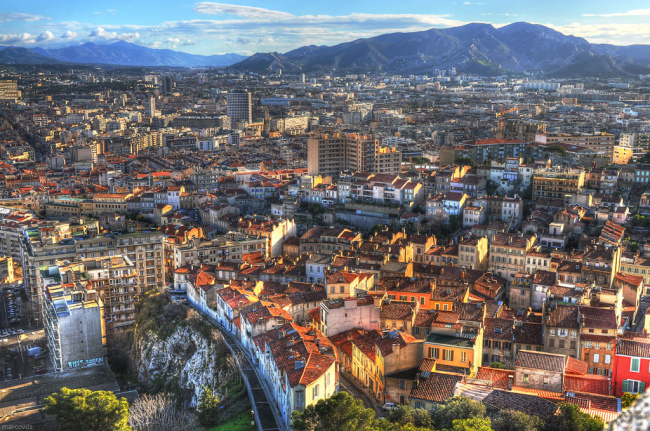 View from ND de la Garde. Photo by marcovdz via flickr CCL.
View from ND de la Garde. Photo by marcovdz via flickr CCL.
According to guide books I had read, there were eight places I needed to visit in Marseille. I had them arranged in order from closest to farthest from my train depot: the old port, the fortress of Chateau d’If, the Cathedral de la Major, Saint Victor’s abbey, Notre Dame de la Garde, Borély Park, Palais Longchamp, and the Museum of Beaux Arts. I had a return ticket for the evening so whatever I didn’t finish would remain unseen, but I was convinced I could match the frenetic pace of this seaport and emerge a winner in my tourist marathon.
I speed walked my way to the Old Port, where fishing boats and svelte yachts were crammed together like so many sardines in a watery can. I heard various shouts coming from the sellers as I passed the rickety ice tables packed with strange looking sea creatures, but I couldn’t stop until I saw the ferry boat for Chateau d’If: a famous prison and the subject of Alexander Dumas’ novel, The Count of Monte Cristo. The crowds were almost impassable on the island penitentiary, but they were no match for my fierce determination. I managed to squeeze my way past as I ran to see an empty cell, the communal cistern, and the rooftop view. Time was ticking and I had to catch the next ferry back so that I could head towards the Marseille Cathedral.
story and photos by Lori Marquardson
So many reasons for going to Ecuador, but being stuck on a bus full of local Evangelical Christians in a mudslide was not one of them. Sometimes you just have to go with the flow.
I had been backpacking alone through Ecuador and, deciding that a few days exploring the Amazon jungle was in order, made arrangements to meet up with a small group in the dusty oil frontier town of Lago Agrio. From there we would go to the Cuyabeno Nature Reserve for a few days of roughing it with iguanas, howler monkeys, piranhas and blue morpho butterflies.
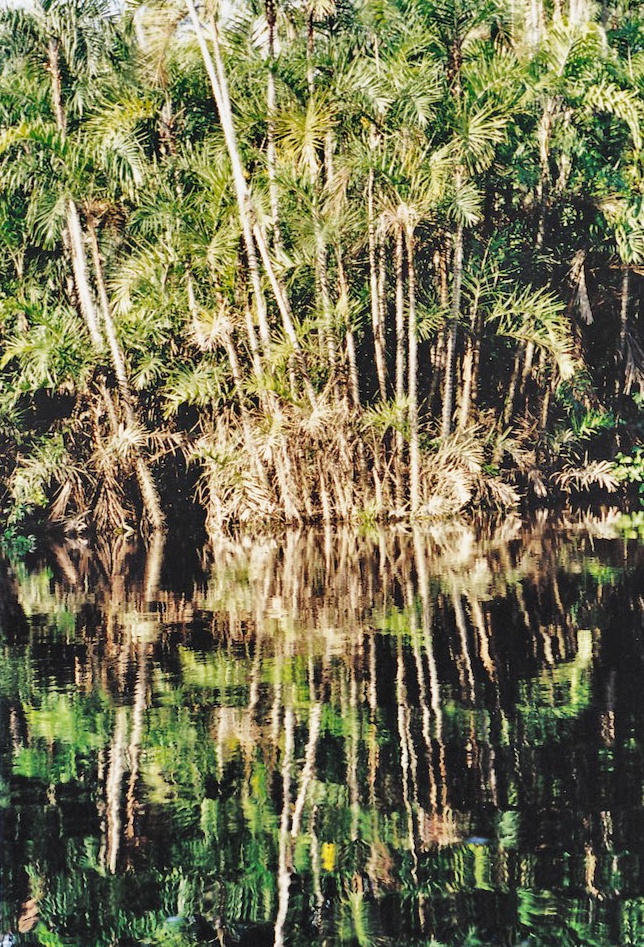 River reflections, Cuyabeno Nature Reserve, Ecuador.
River reflections, Cuyabeno Nature Reserve, Ecuador.
A cool drizzle fell as I boarded the overnight bus in Quito. The driver’s personal touches of green fringe and dangling images of saints above the steering wheel couldn’t mask that the bus was more contraption than road-worthy vehicle. My fellow passengers were mostly short and dark, with a number of women wearing the typical Andean dress of black bowler hats, full skirts and rubber sandals while I, the obvious foreigner on board, sported beige zip-off pants and a purple windbreaker. We headed northeast, following the twisting mountainous roads leading out of the city, and despite the jolting motion, I drifted off.
At some point, I came to: the bus was not moving, no engine running, nada. I could see the driver had relaxed into what was definitely a non-driving position: head tilted back, mouth agape, arms crossed over his chest, and legs spread-eagled. Strange, but having been in South America for quite some time, I had experienced unexplained delays before and generally they weren’t show-stoppers, so I tried to fall back asleep. Then came a huge rumble outside, followed immediately by murmuring voices inside.
“What the hell is that?” I said to no one in particular and, being in the front row, I leaned over to the driver, and asked “¿Qué está pasando? “
“Hay un derrumbe.” A landslide. Hmmm, that did not sound good.
